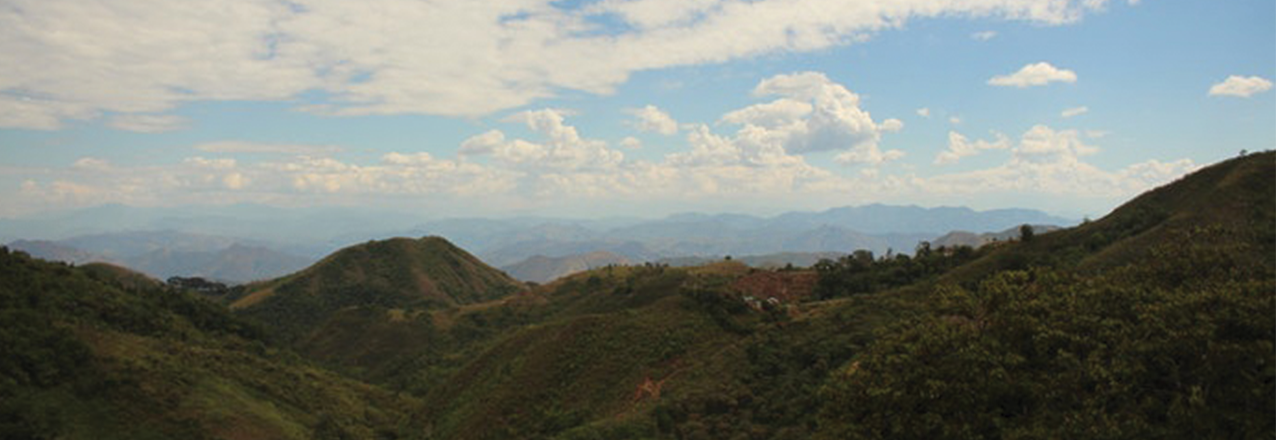The integrated approach to land tenure that builds government capacity, strengthens economic development, and protects property rights.
Originally appeared on Exposure.
HEAVEN & EARTH
For the past ten years, Eloísa Garzón Ángel—a mother of six living in Potrerito, a lonely outpost in the arid mountains of Southern Tolima, near Ataco—has witnessed, during each election season, how local politicians drive up to visit the 250 families living in this conflict-ridden and forgotten corner of Colombia.
“They come up and promise us heaven and earth, but all anybody wants here is a paved road,” she explains.
The road, which was first excavated 30 years ago, played a strategic role in the military strategy of the Colombian leftist rebels known as the FARC, allowing them to transit and control a large swath of south-central Colombia between Meta and Tolima. Today the road mostly causes headaches for the estimated 1,000 people living in these mountains. The farmers and ranchers—who are dedicated to growing coffee on the steep hillsides and keeping cattle where they can—find it hard to compete, forced to pay such high costs to get their products to market.
Southern Tolima was always the FARC’s major stronghold near the rebel army’s birthplace. In the early nineties, the FARC started to canvas the mountains west of the urban center of Ataco before its official invasion in 1997. Two years later, the rebels attacked and controlled Ataco, sparking an ongoing battle for this and neighboring municipalities that would last more than a decade.
Between 2001 and 2007, most families in these mountains fled to cities as far as Bogotá to escape the violence. That is where Eloisa and her family went after leaving their farm, with very little on their backs. They spent four years struggling to find jobs and secure support from the complex government processes to assist displaced people.
“Leave everything you’ve created, everything you’ve made to go to a big city to suffer hunger and sleep on the floor is a sad solution for a displaced person,” she explains. “Life in Bogotá is expensive and you never stop spending money. It’s not like living in the countryside.”


